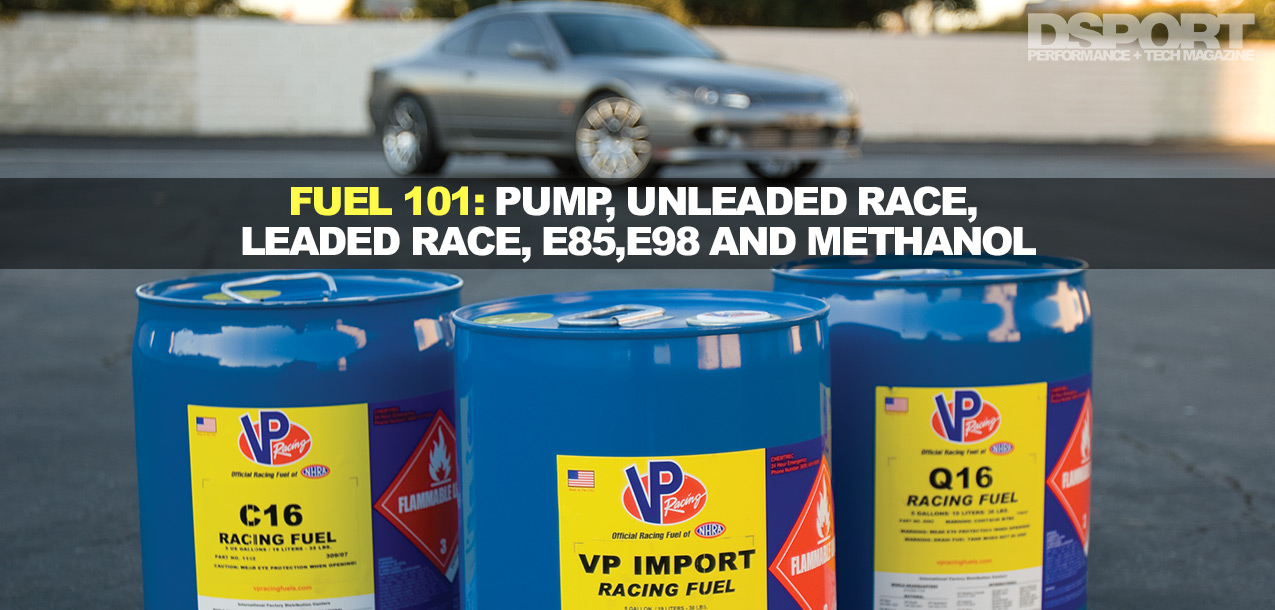I have typically always run premium in my little Tacoma (4 cyl, 4 speed auto), as it needs all of the help that it can get.
I either run Exxon or Shell premium. It is a noticeable difference when I do. With the cruise on and you start going up even the slightest hill, it will downshift. Sometimes it will shift from 4th to 3rd, then to 2nd in a very short period of time, turning about 5,500 RPM's. If I run premium, it downshifts much less.
But, given our current situation with fuel prices, it is just not affordable for our budget any longer.
Just curious if anyone has figured out, is there a decent octane booster or something of the like that you can put in regular unleaded and in the end would cost less than premium with the same results?
I either run Exxon or Shell premium. It is a noticeable difference when I do. With the cruise on and you start going up even the slightest hill, it will downshift. Sometimes it will shift from 4th to 3rd, then to 2nd in a very short period of time, turning about 5,500 RPM's. If I run premium, it downshifts much less.
But, given our current situation with fuel prices, it is just not affordable for our budget any longer.
Just curious if anyone has figured out, is there a decent octane booster or something of the like that you can put in regular unleaded and in the end would cost less than premium with the same results?

